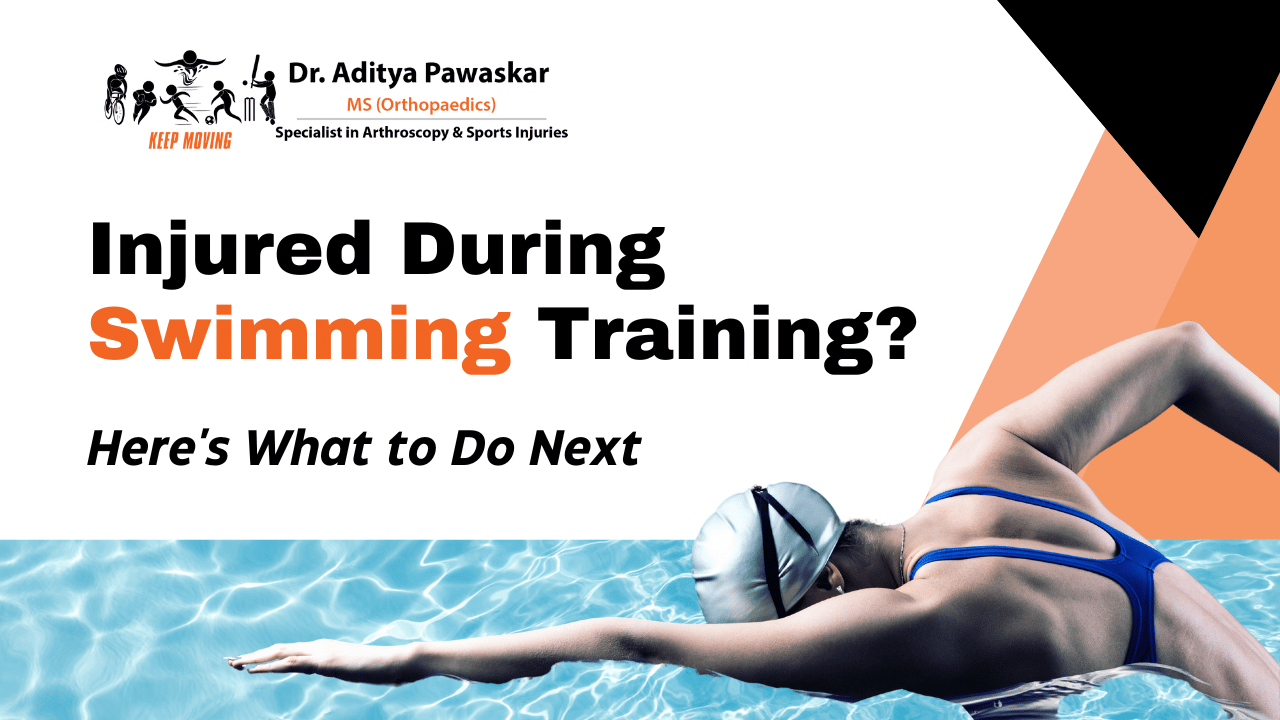
Introduction
Swimming training is a fantastic way to stay in shape and improve your swimming skills. But like any physical activity, there's always a risk of injury. Whether it's a muscle strain, shoulder pain, or something else, knowing what to do if injured during swimming training is crucial for a speedy recovery and getting back in the pool.
Here's a guide to help you navigate through the process:
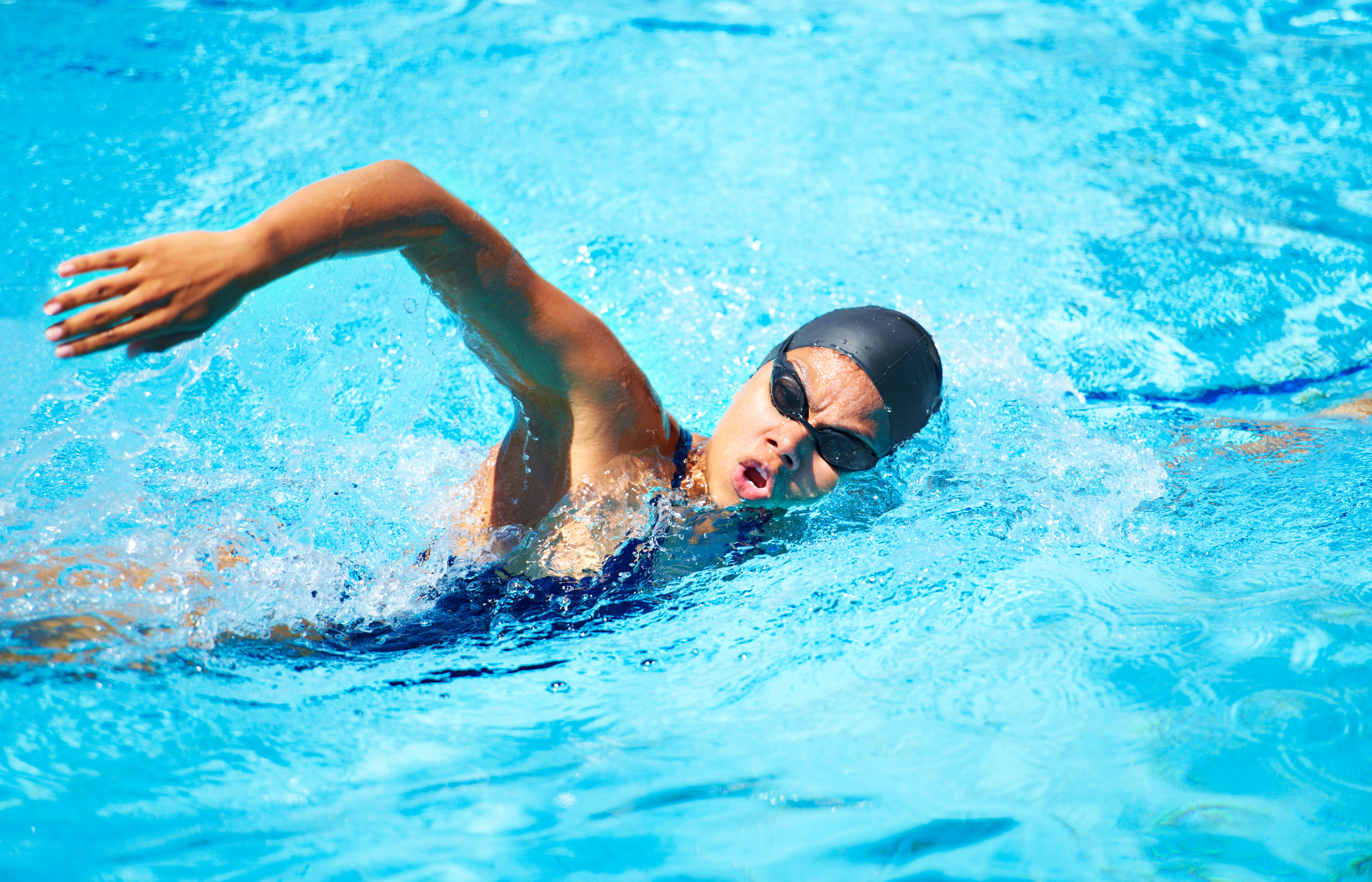
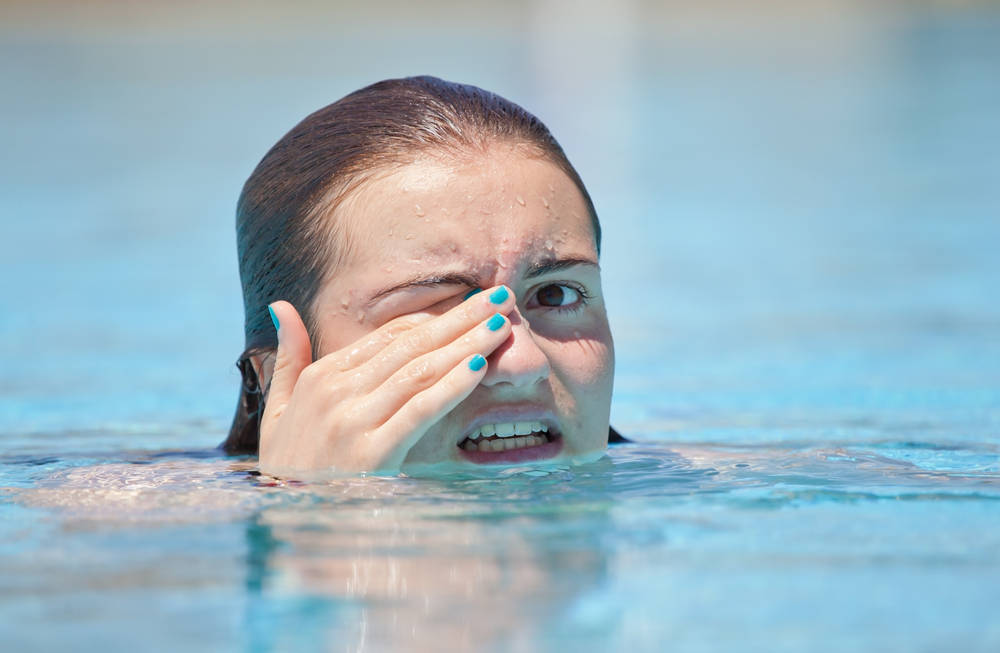
Stop Swimming Immediately
- If you feel any pain or discomfort while swimming, stop immediately.
- Continuing to swim with an injury can worsen the condition and delay your recovery.
Assess the Injury
- Take a moment to assess the extent of the injury.
- Is it a sharp pain, dull ache, or something else?
- Identify the affected area and note any swelling, bruising, or limited range of motion.
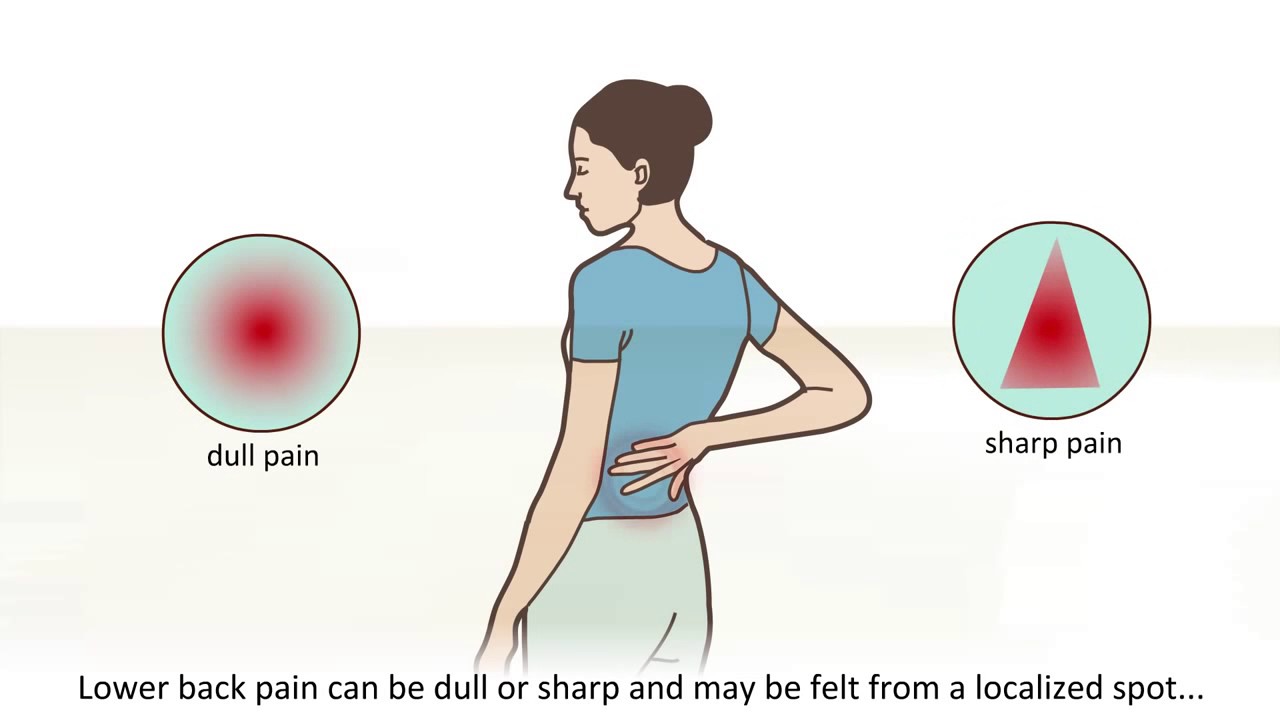
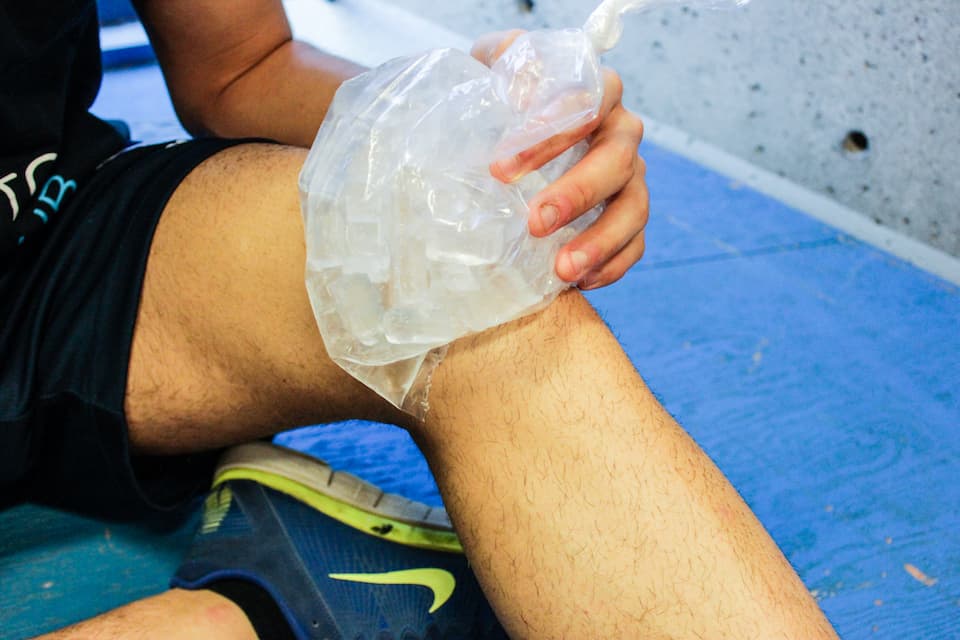
Rest and Ice
- Resting the injured area is essential to allow it time to heal.
- Apply ice packs wrapped in a cloth or towel to the injured area for 15-20 minutes every few hours to reduce swelling and inflammation.
Elevate and Compress
- Elevate the injured area above the level of your heart to reduce swelling further.
- You can also use compression bandages to provide support and stability to the injured area.


Seek Medical Attention
- If the pain is severe, or if you suspect a more serious injury such as a fracture or dislocation, seek medical attention immediately.
- Consulting a sports medicine specialist like Dr. Aditya Pawaskar in Mumbai can provide expert evaluation and treatment recommendations tailored to your specific injury.
Follow Treatment Recommendations
- Once you've received a diagnosis and treatment plan from a doctor, follow their recommendations closely.
- This may include rest, physical therapy exercises, medication, or other interventions to facilitate healing and prevent further injury.

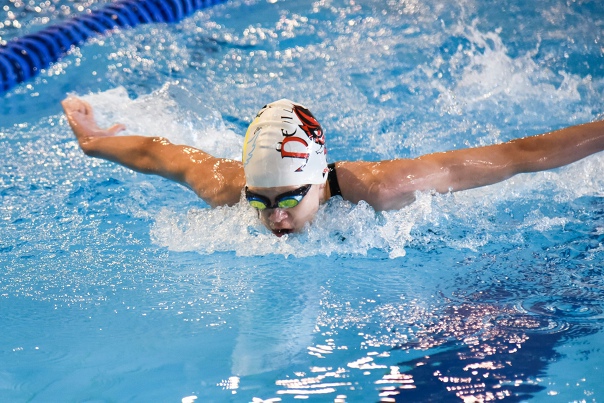
Gradual Return to Training
- As you start to feel better, gradually ease back into swimming training.
- Start with low-intensity activities and gradually increase the duration and intensity as tolerated.
- Listen to your body and stop if you experience any pain or discomfort.
Prevent Future Injuries
- Learn from your injury experience and take steps to prevent future injuries.
- Warm up properly before swimming to prepare your body.
- Maintain good technique to avoid strain during swimming.
- Incorporate strength and flexibility exercises into your training routine to reduce the risk of overuse injuries.
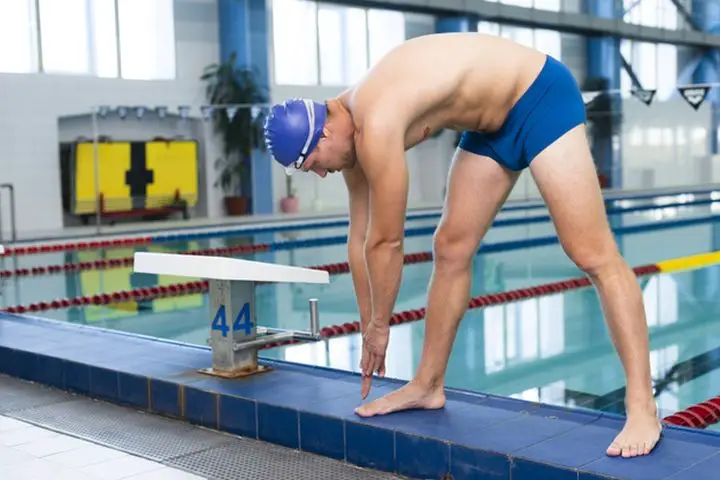

Stay Positive
- Dealing with an injury can be frustrating, but maintaining a positive attitude can make a big difference in your recovery process.
- Focus on the things you can control, such as following your treatment plan and staying motivated to get back in the pool.
Don't Rush Recovery
- Finally, be patient with yourself and don't rush the recovery process.
- Healing takes time, and pushing yourself too hard too soon can lead to setbacks.
- Listen to your body and give it the time and rest it needs to heal properly.

Conclusion:
Remember, injuries are part of the journey for many athletes, but with the right approach and guidance from sports medicine specialists like Dr. Aditya Pawaskar, you can overcome them and get back to doing what you love—swimming!